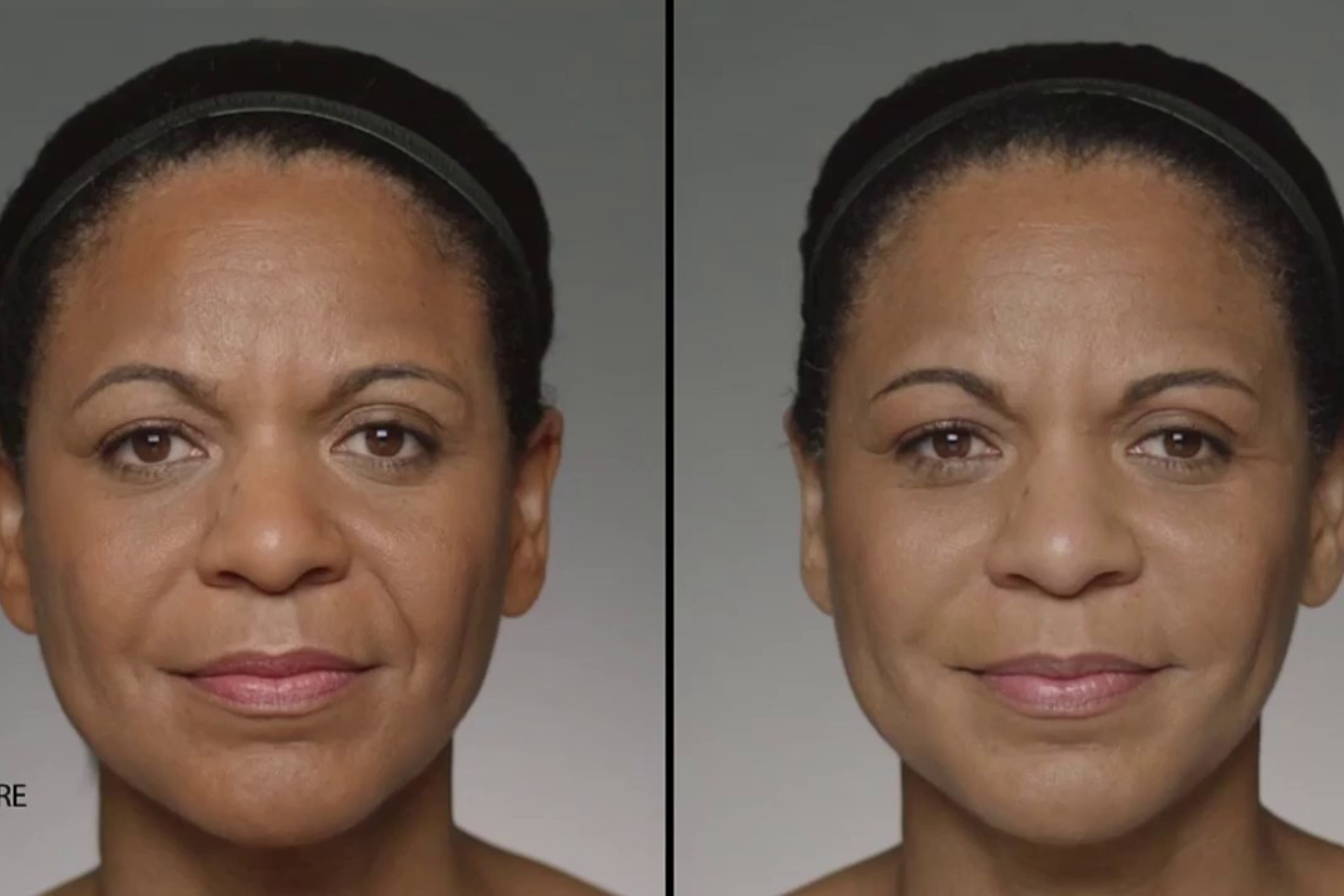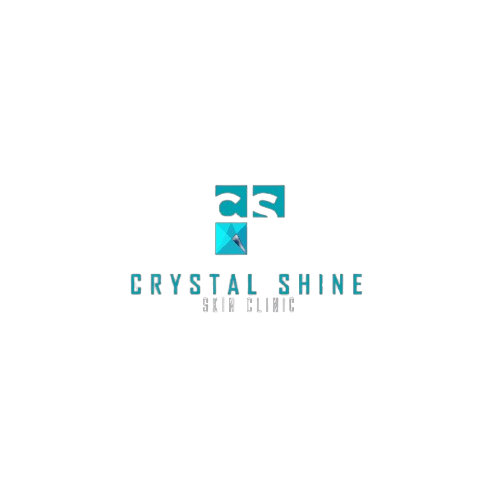What is UNDER EYE DERMAL FILLER?
How Does It Work?
In What Situations Do We UNDER EYE DERMAL FILLER
As for side effects, under eye dermal fillers generally have minimal and temporary side effects. Common side effects may include temporary redness, swelling, bruising, or tenderness at the injection sites. These effects typically resolve within a few days to a week.
In rare cases, more serious complications can occur, such as infection, allergic reactions, or vascular occlusion (blockage of blood vessels). To minimize risks, it is important to choose a qualified healthcare professional experienced in performing under eye dermal filler procedures and follow their aftercare instructions carefully.
It’s crucial to consult with a qualified medical professional who can assess your specific concerns, evaluate the suitability of under eye dermal fillers for your needs, and provide personalized advice. They can also discuss potential risks and benefits associated with the procedure based on your individual circumstances.


In What Situations Do We Use UNDER EYE DERMAL FILLER
Like any medical procedure, cheek filling carries potential side effects. Common side effects include temporary redness, swelling, bruising, or tenderness at the injection sites. These effects usually subside within a few days to a week.
While cheek filling is generally considered safe when performed by a trained professional, there are risks involved. Rare complications may include infection, allergic reactions, or tissue damage. To minimize risks, it is important to choose a qualified healthcare professional experienced in performing cheek filling procedures and follow their aftercare instructions carefully.
Consulting with a qualified medical professional who can assess your specific situation and provide personalized advice is crucial if you are considering cheek filling or any other cosmetic procedure.
Recent Services
I.V THERAPY
LASER THERAPY

